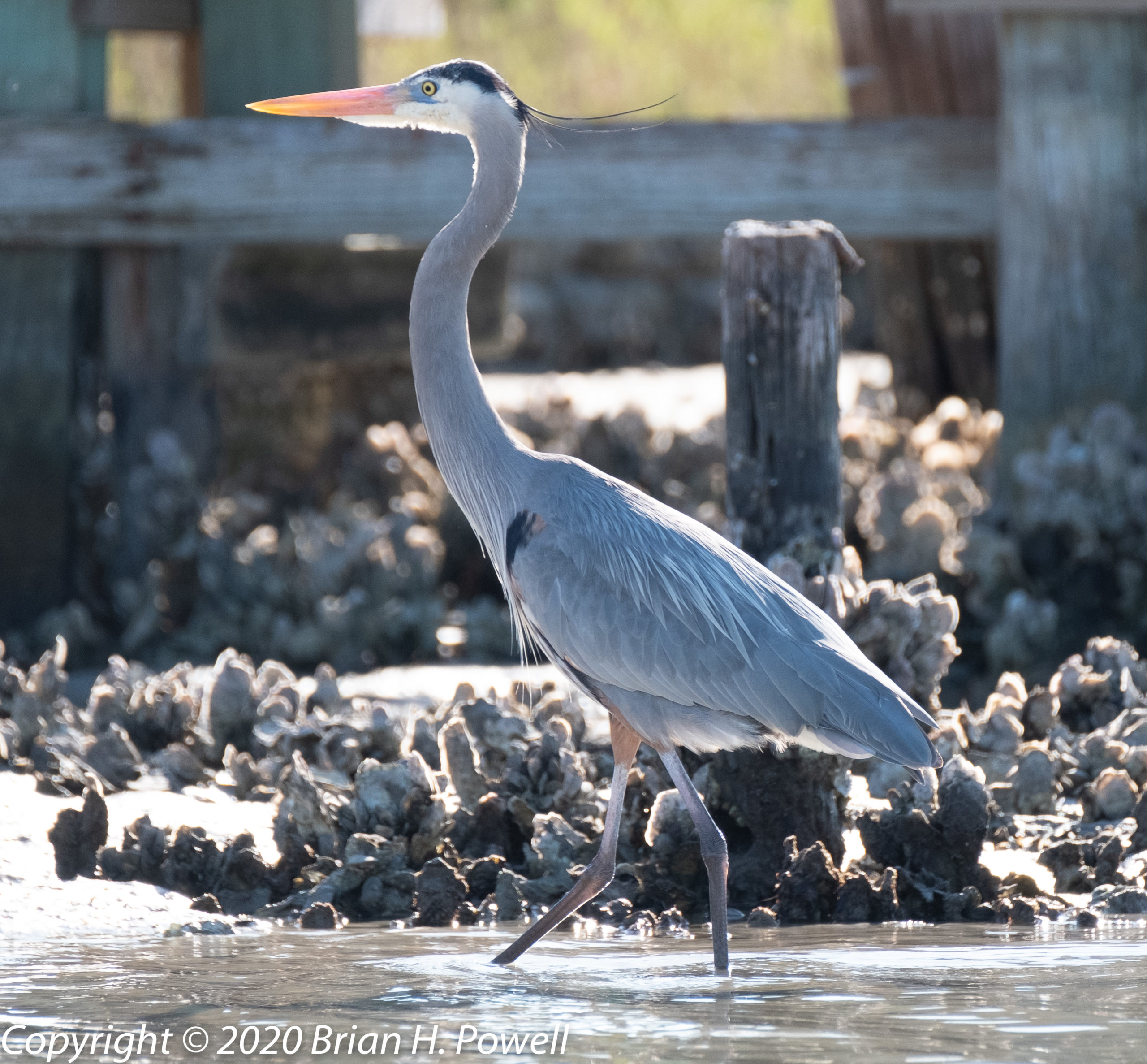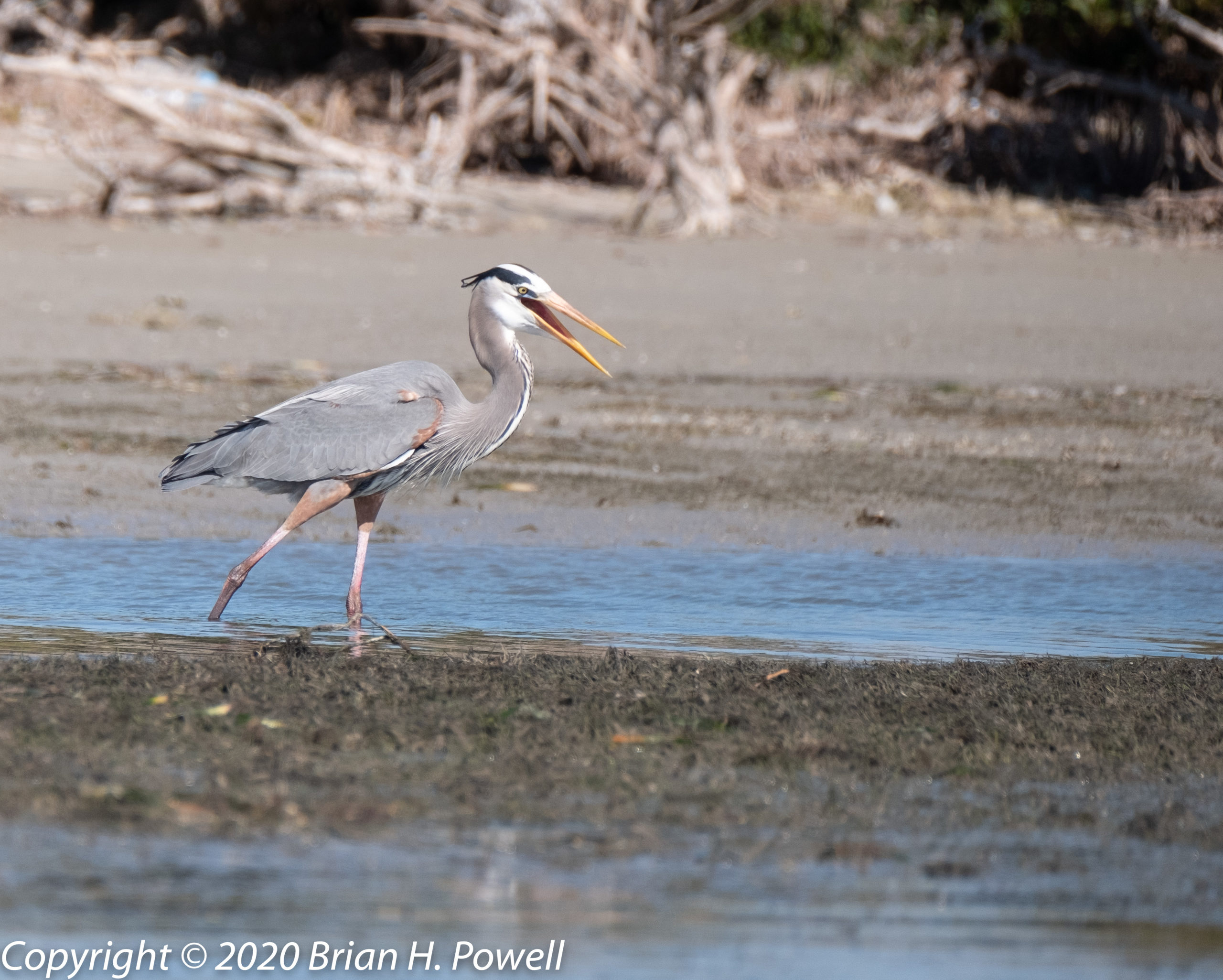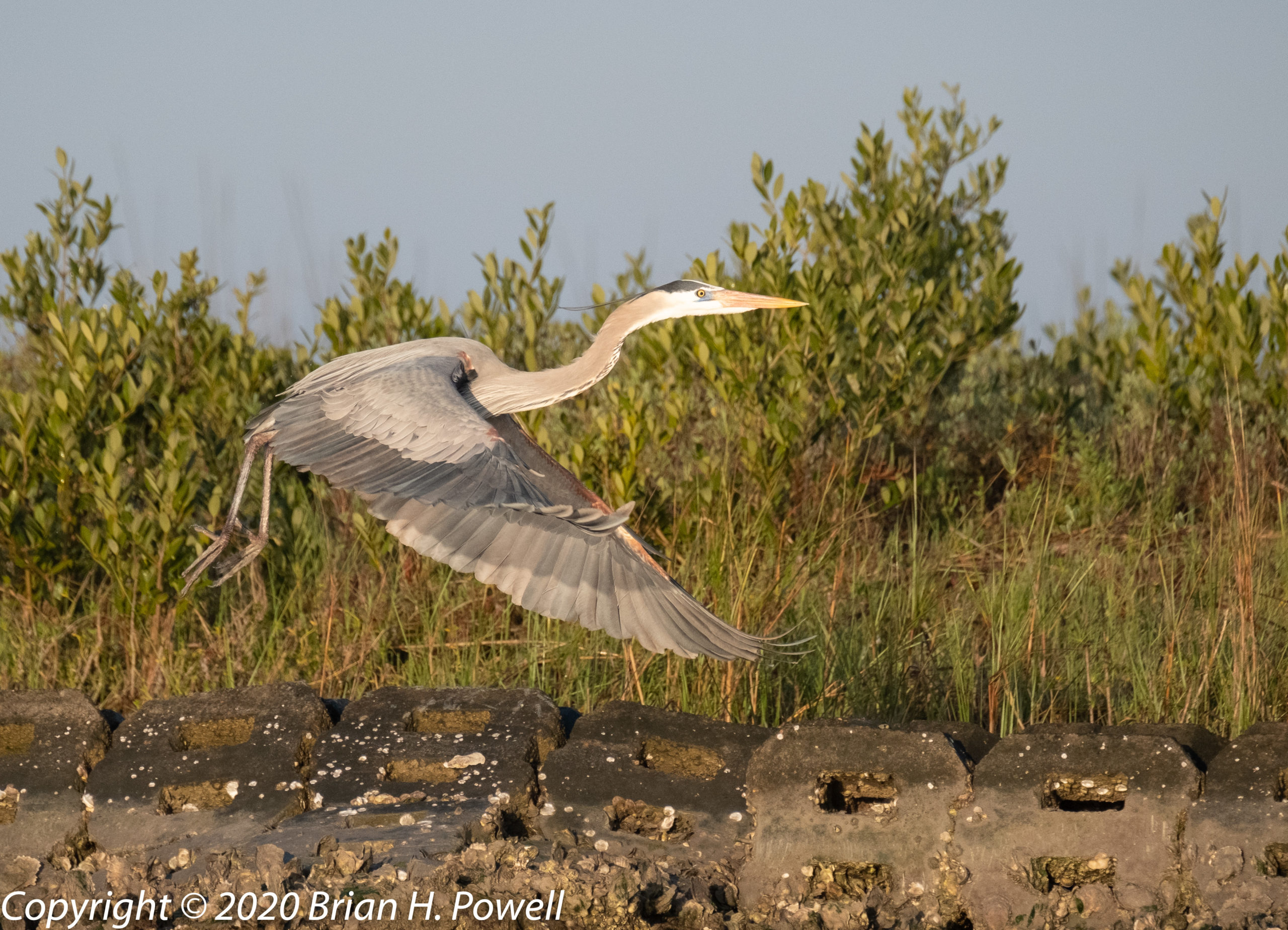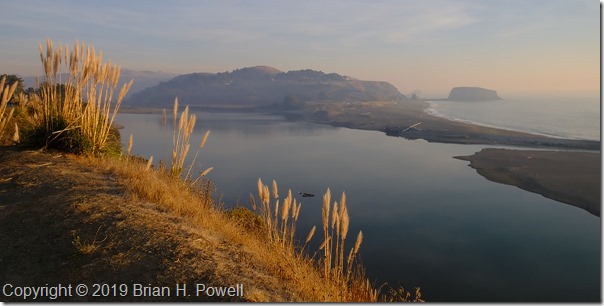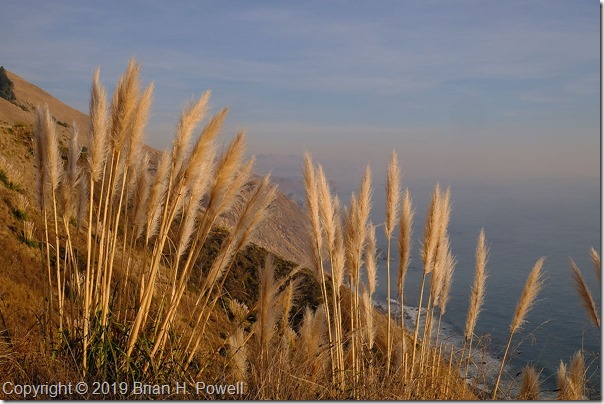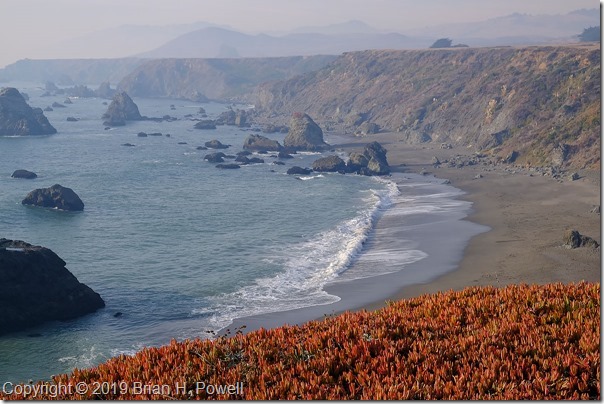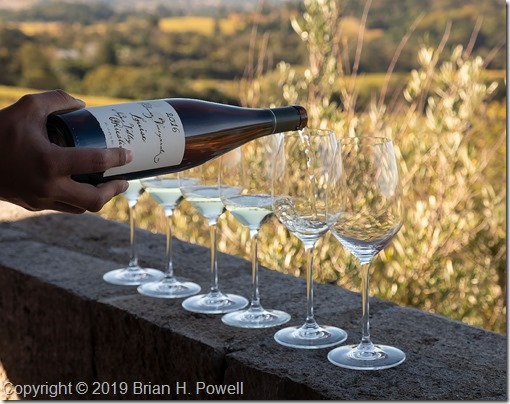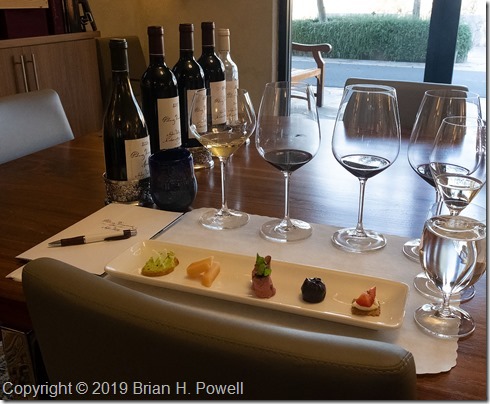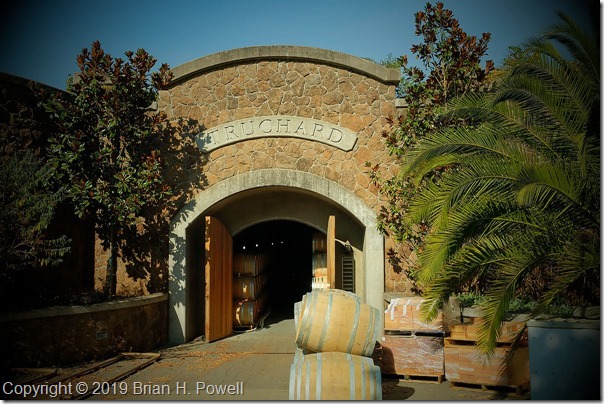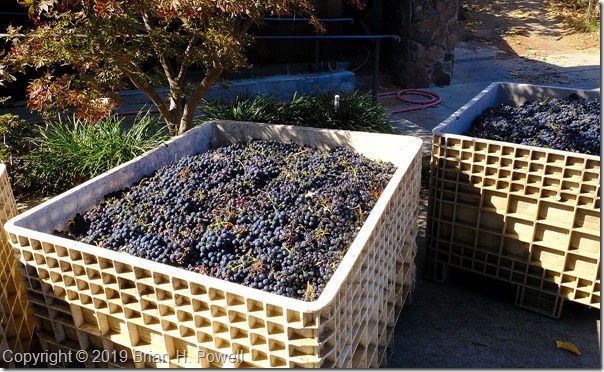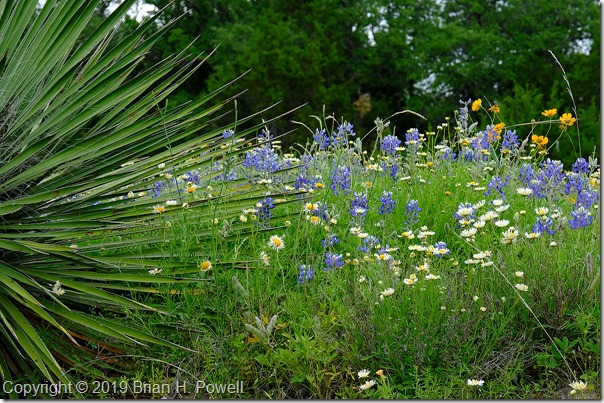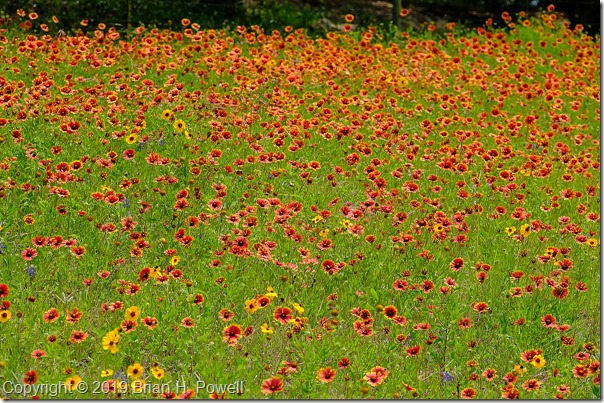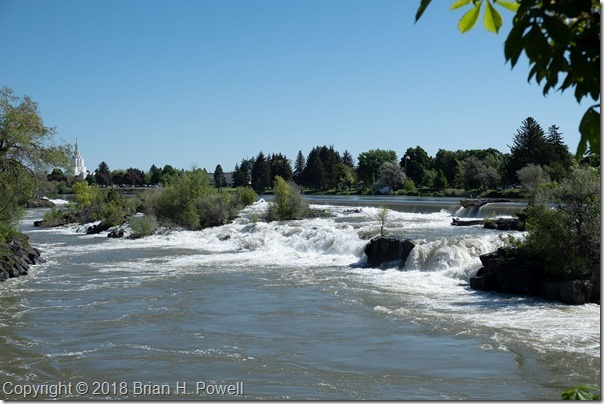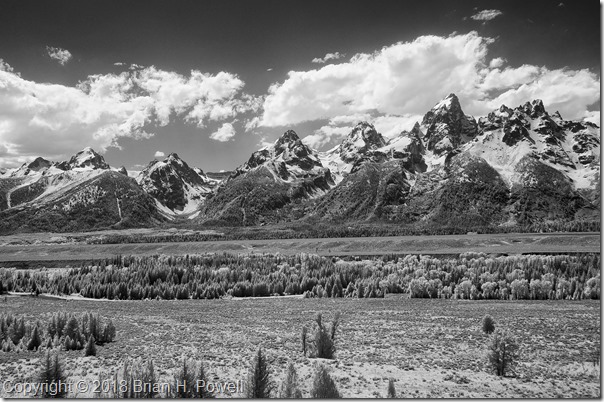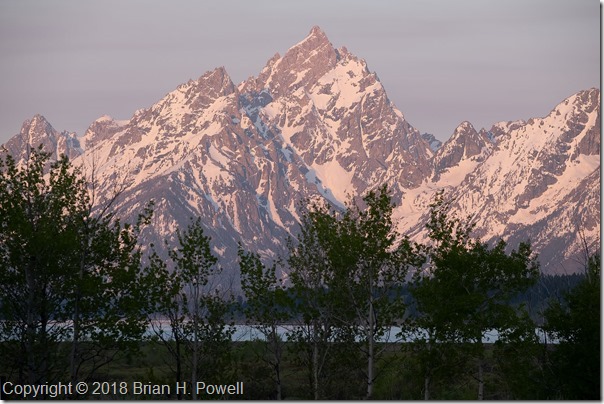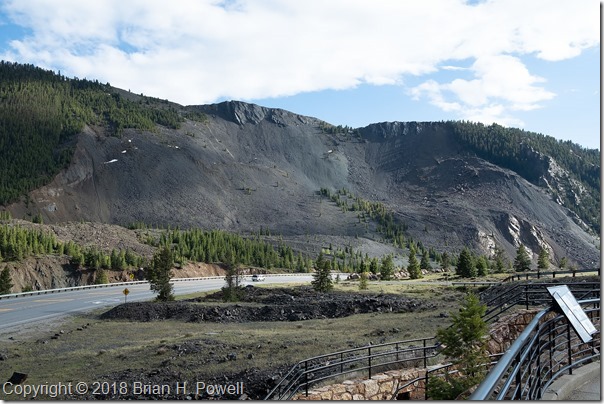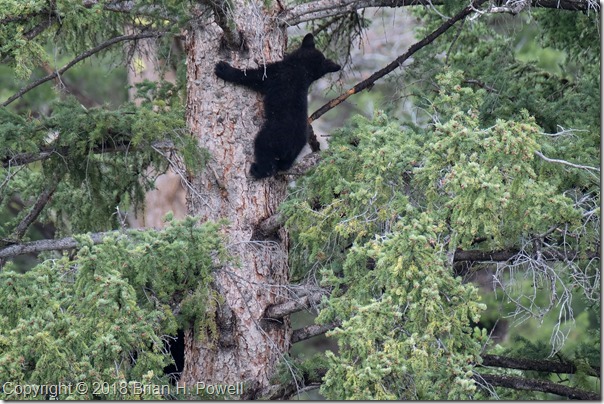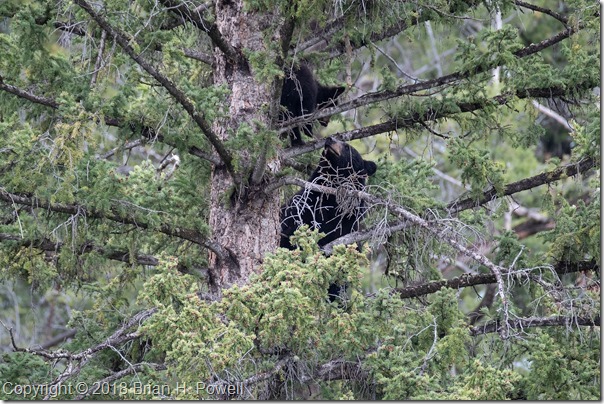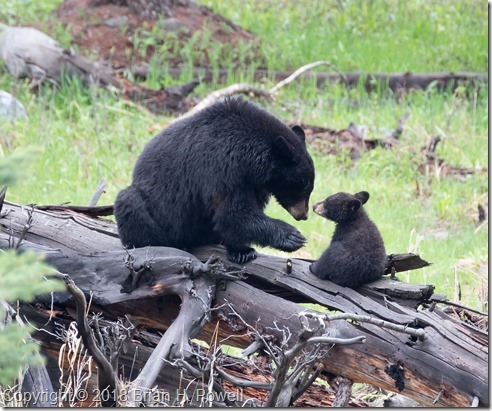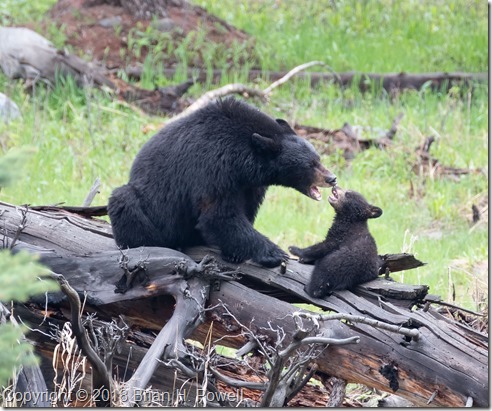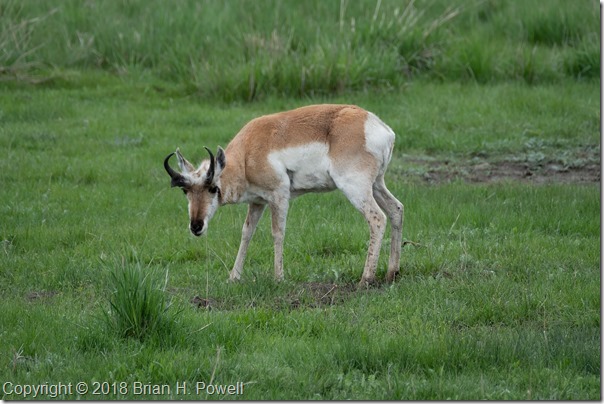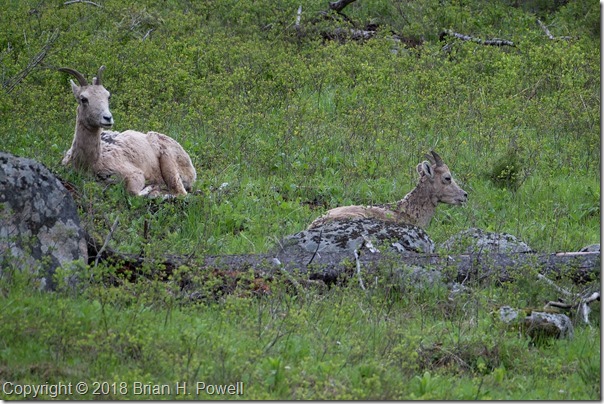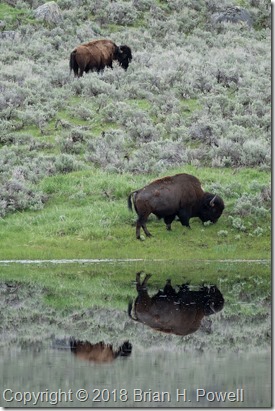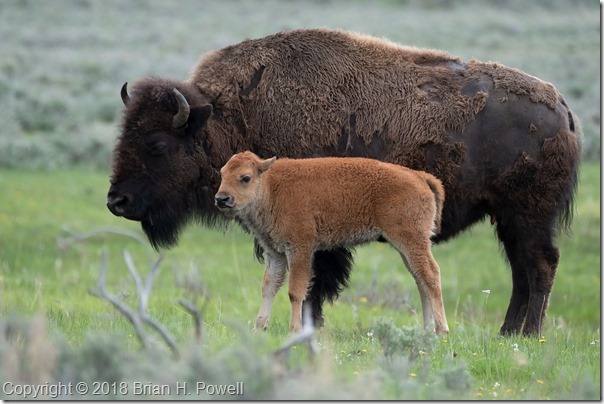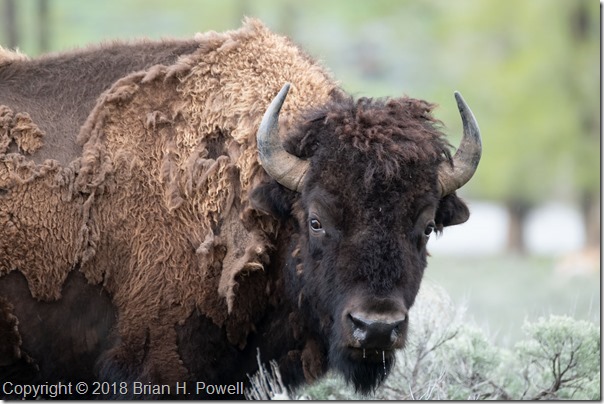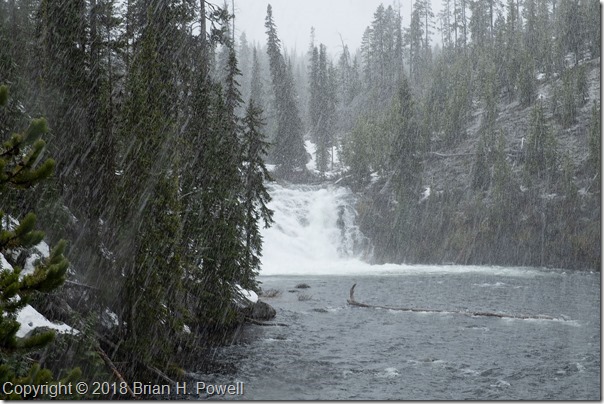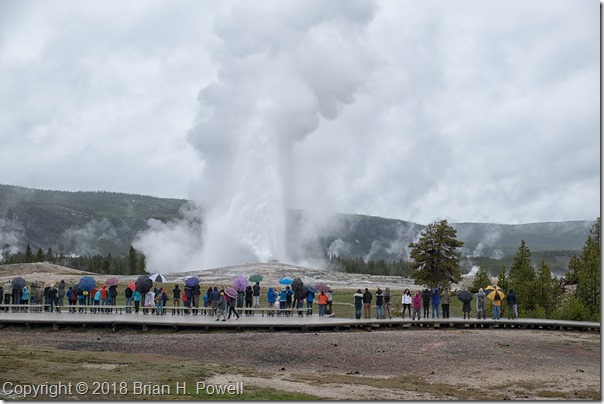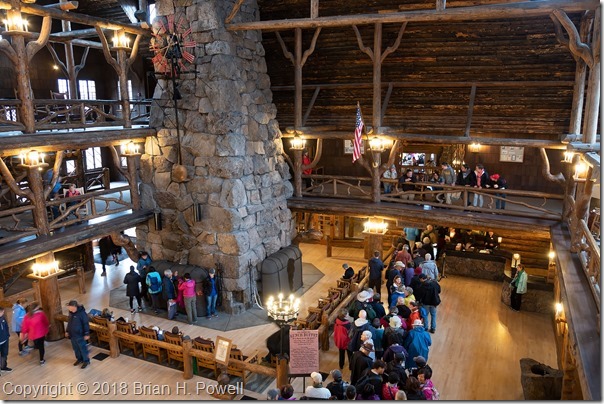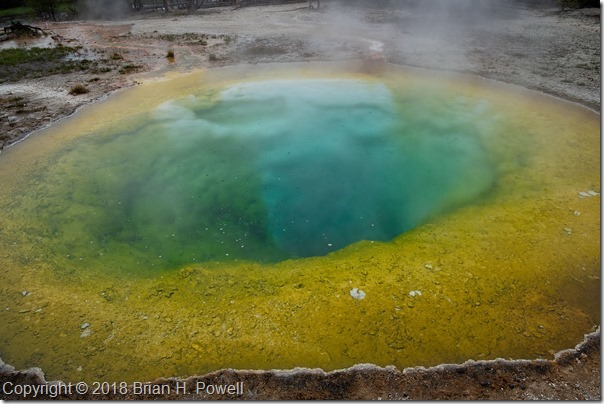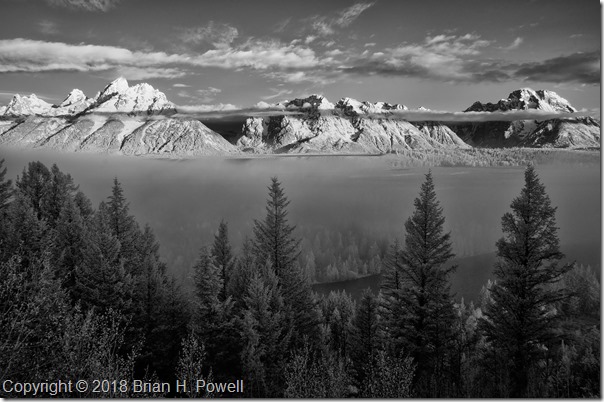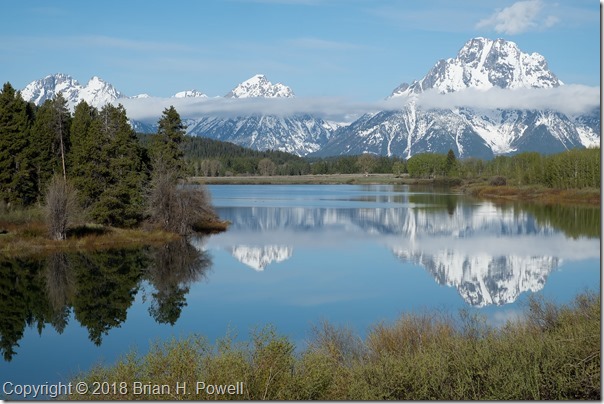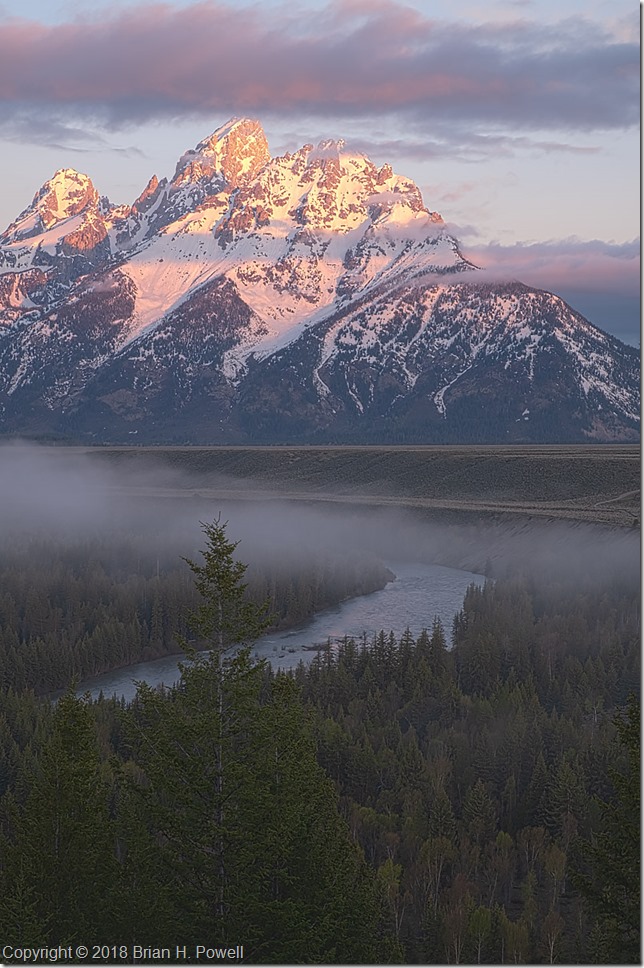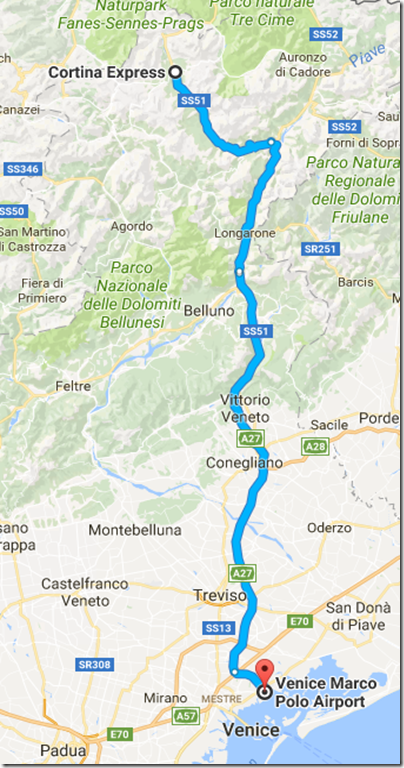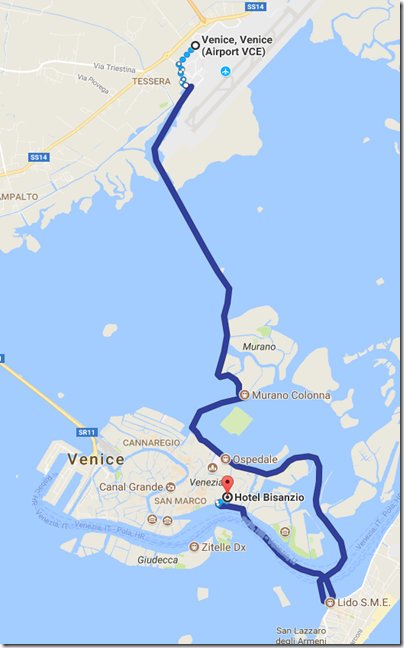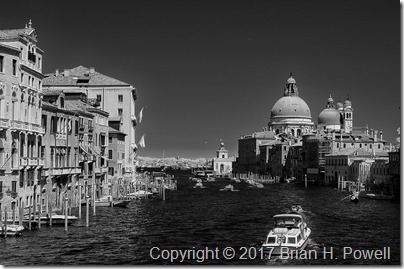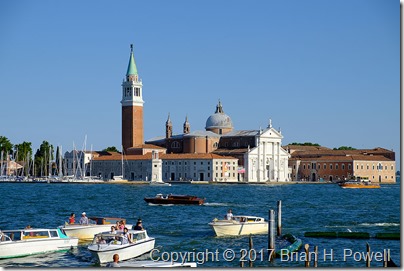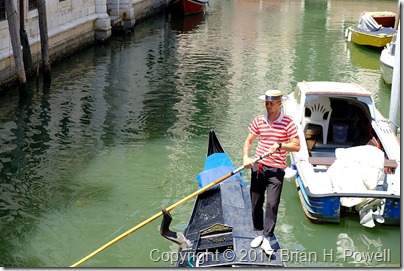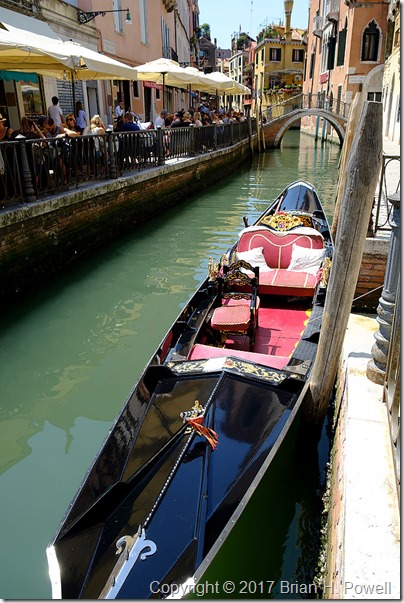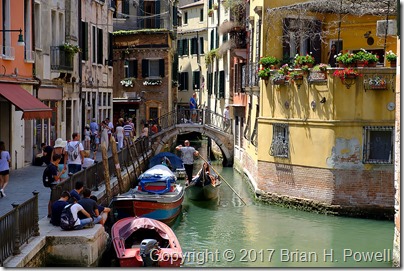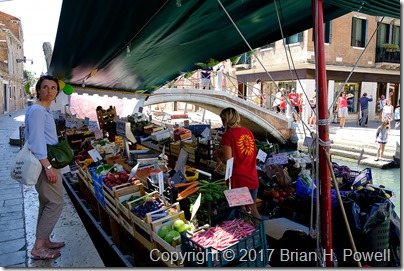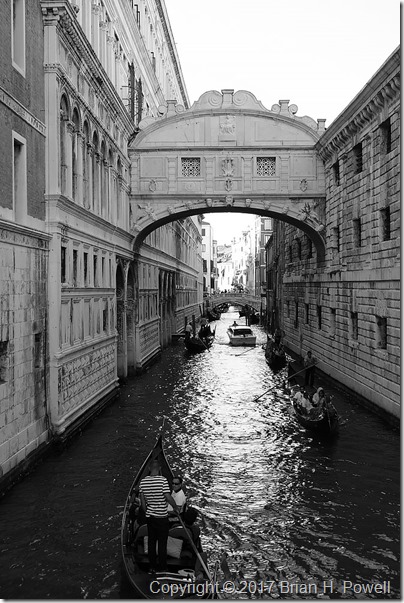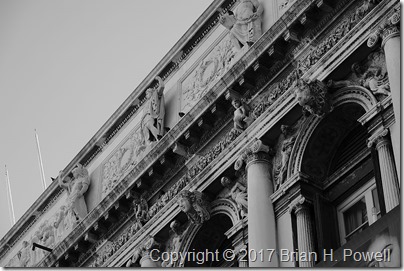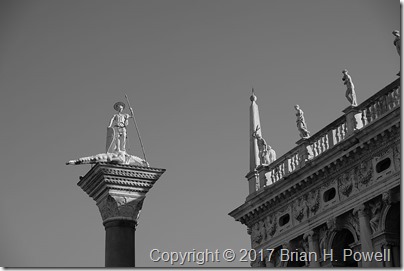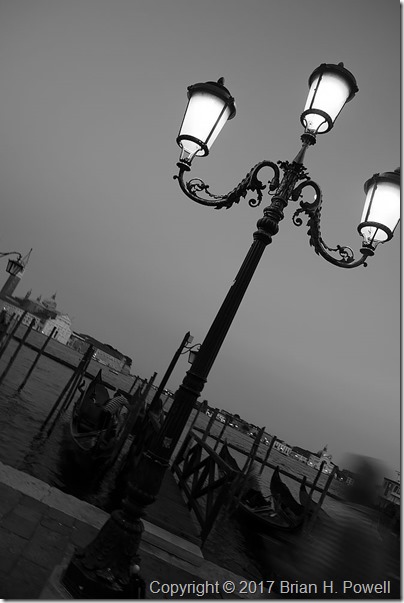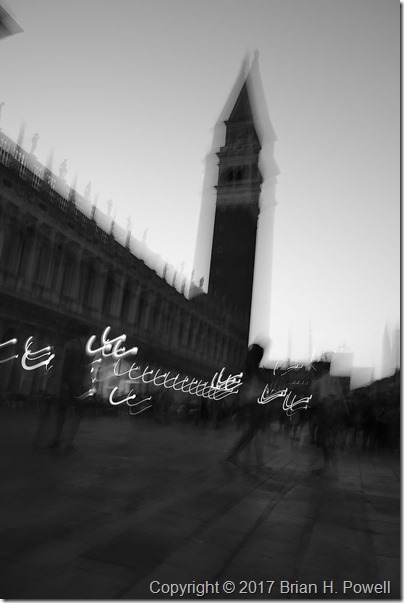Wildlife Photography in Rockport, Texas
An old friend of mine, Joe Des Rosier, runs the Blue Lagoon Lodge, down in Rockport, Texas. He invited me down to visit with thoughts of putting together wildlife photography tours, to add to his already popular fly-fishing tours. I had 24 hours to scout out a few possibilities. We ran into some challenges and learned a lot, but overall, it was a great trip.
The Texas coast is well known as a birding destination, and is home to the Aransas National Wildlife Refuge. The refuge was set aside in 1937 to protect the marshlands favored by migratory birds and other wildlife. In 1938, there was only one migratory flock of whooping cranes with fifteen birds. Today, there are over 500 whooping cranes that winter in the Aransas Bay area.
While whooping cranes were high on my priority list, I was eager to see other large birds, and any other wildlife that presented itself. After settling in at the lodge, we hopped on the boat and set out. The very first photo I took was of this Great Blue Heron, only a few hundred yards from the lodge.
Click on any image to enlarge.
We saw heron in several other locations, as well.
We also saw a few sandhill cranes, with which I am familiar from my many trips to the Bosque del Apache National Wildlife Refuge. I’m pretty sure the bird below is a juvenile Sandhill Crane. Any bird experts want to confirm or correct? Do so in the comments below.
Read more
